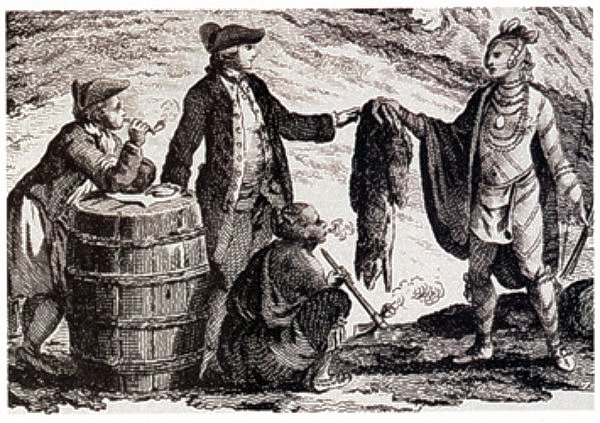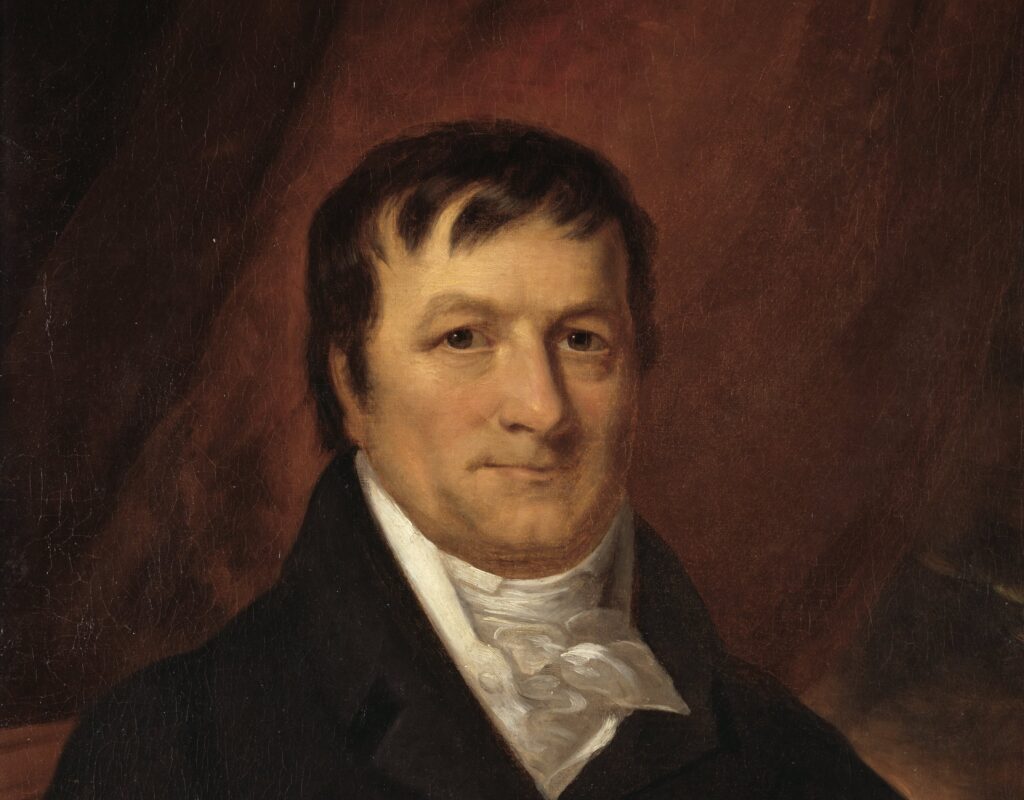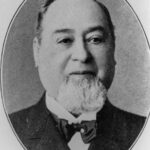Recently I watched the movie “The Revenant” with Leonardo DiCaprio about the fur trade in North America and was reminded of the story of John Jacob Astor and the role he played in launching several industries. Here are six takeaways for every entrepreneur can use.
John Jacob Astor was born in Germany and was one of nine children. Growing up, his father could barely keep his family fed. To relieve the economic burden on the family, his older brothers moved to London. When John Jacob Astor was 15 years old, he also left his family and became a raftsman on the Rhine River in Germany.
Eventually, Astor followed his older brothers to London. In London, he became an apprentice as a musical instrument maker and learned to speak English. Before long, he became a skilled salesman. While his brothers manufactured the instruments, Astor sold them. Since musical instruments were a luxury item that only upper-class Englishman could afford, Astor learned to speak their language and became quite the negotiator. He did not allow himself to become intimidated by his upper-class customers, and he drove a hard bargain.
In 1784, the Revolutionary War ended. At this time, Astor decided to expand his business to America. Upon arriving in America, he set up shop in New York. At the time, New York was a relatively small town on the southern end of Manhattan Island and was populated with approximately 30,000 people.
While he was first establishing his business in New York, he had to wait for a shipment of instruments from his brothers in London. As he waited, he met a young woman by the name of Sarah Todd, his landlady’s daughter. Sarah and her family were well-connected with shipping companies and merchants as well as New York’s elite. Soon they were married and her connections would provide Astor with the contacts that would make many of his future ventures possible.

Searching for a complement to his instrument business, Astor discovered the lucrative fur trade. He would take knives and beads and trade with the Indians for furs. As demand grew for his furs, Astor needed to expand his supplier base and would travel to Montreal, Canada to buy furs. At the time, trade between Canada and the United States was highly regulated because Canada still belonged to the British Crown. To circumvent these onerous trade regulations, Astor shipped his furs from Montreal to his brothers in London, and his brother would ship them to New York. With this single move, he out outwitted all of his competitors in New York and drove them out of business.
Building upon his success and associations with the wealthy, he built places for upper-class New Yorkers to socialize. With his new connections, Astor was invited to become a member of the Freemasons, which opened up all kinds of new trade opportunities. Again leveraging his connections, he began to ship items including everything from wooden toys to guns and even opium all over the world.
Lewis and Clark had recently returned from their expedition with stories of the vast wilderness to the west. Furs were still a large part of his enterprise so John Jacob Astor decided to follow the call of Thomas Jefferson and establish a business on the West Coast. He decided to hire a ship to sail from New York to the mouth of the Columbia River where Lewis and Clark had established Fort Clatsop. In addition, he commissioned an overland expedition to map trading posts along the route from New York to the mouth of the Columbia River. This route later became known as the Oregon Trail.
Astor dreamed of creating his own city and succeed when he established the town of Astoria at the mouth of the Columbia River in 1811, which became one of the first cities on the West Coast. Within in a year, his ship was sunk in a dispute with Indians, and Astoria was overrun by the British in the War of 1812.
After the War of 1812, the peace agreement with Britain opened up new opportunities with Canada. Astor exploited this new source of foreign trade in furs and established the new headquarters of the American Fur Company on the shores of Mackinac Island in present-day Michigan.
The lucrative fur business soon brought in competitors. Moreover, the completion of the Erie Canal opened New York City to the interior of the United States.
Astor, seeing that the fur market would soon collapse based on the increased supply of furs, sold the American Fur Company and pivoted once again to concentrate on real estate in New York City. He knew that New York would be expanding soon so he used the proceeds from selling the American Fur Company to buy cheap property outside the current metropolis of Manhattan Island. After holding them for a few years, his properties were worth much more than he had paid for it. He proposed the layout of Manhattan with sequentially numbered streets and relatively square city blocks.

His personal brand soon became one of luxury and prosperity. Properties, such as the Astor House or the Waldorf-Astoria, served to reinforce his brand image even more. He adeptly leveraged his brand by using the newspapers to report who was staying at the Waldorf Astoria. Reporting who stayed at the Waldorf Astoria increased his opulent brand image because if you could afford to stay at the Waldorf Astoria, you must have been somebody big.
The global depression of 1837 caused many people to seek refuge in big cities like New York. The population of New York City swelled to over a quarter of a million, but as poverty became rampant and the depression lingered, property values began to fall. Rather than viewing this as a defeat, Astor saw this as an opportunity and invested even more heavily by buying up more property. Because of his immense wealth, he was able to weather the depression longer than others.
As with many of the super rich, John Jacob Astor went on to become very philanthropic as he got older. He supported the studies of John James Audubon and built the Astor Public Library in New York. The Astor Public Library is now known as the New York Public Library and was the first library where you didn’t have to pay to check out books. At the time of his death in 1848, John Jacob Astor was the wealthiest person in the United States with an estimated wealth of over 20 million dollars.
The story of John Jacob Astor has many lessons for entrepreneurs. Here are just six of those lessons.
- Astor was not afraid of change as demonstrated by the fact that he left his native land of Germany, moved to England where he had to learn a new language, and then moved to America.
- He knew that to get ahead, he had to associate with very smart and successful people and leverage his connections.
- He understood his customer segment and used cross-selling to develop his fur business after selling musical instruments.
- He was not afraid to pivot when opportunities presented themselves or circumstances changed. For example, he expanded his business to the fur trade when the opportunity presented itself. However, he was also willing to sell his fur business when circumstances changed due to the opening of the Erie Canal.
- He understood the value of his brand image and how to make the most of it.
- After he made his fortune, he became a philanthropist and used his wealth to support the causes that he believed in.
How can you apply the lessons from John Jacob Astor to your business?












